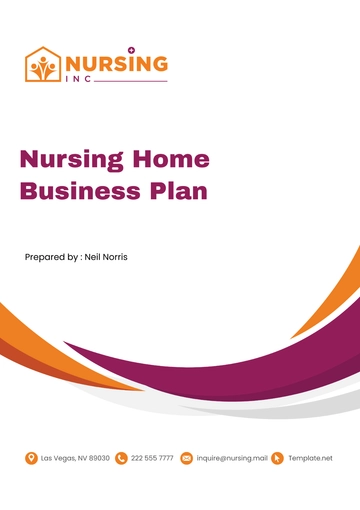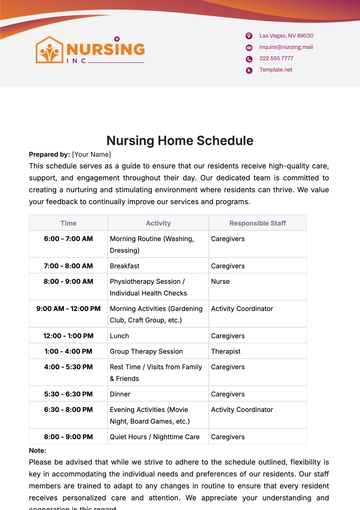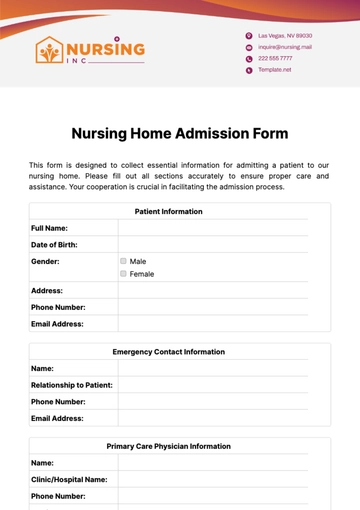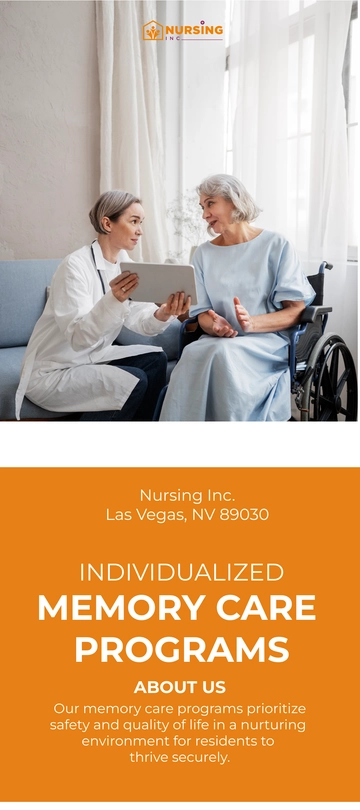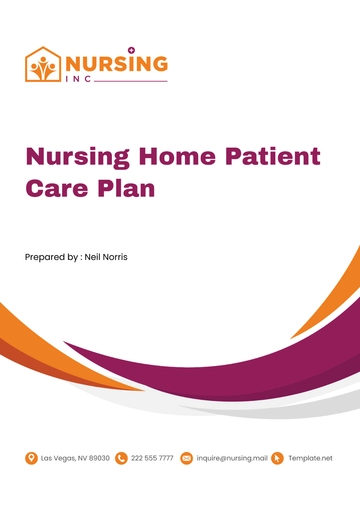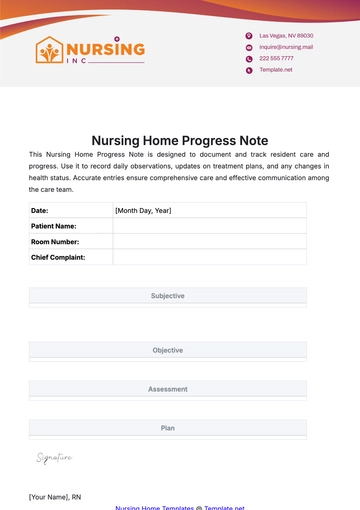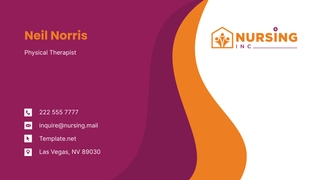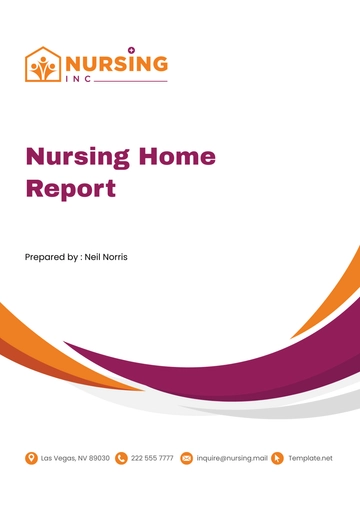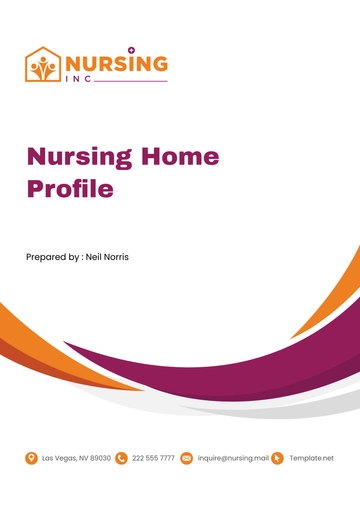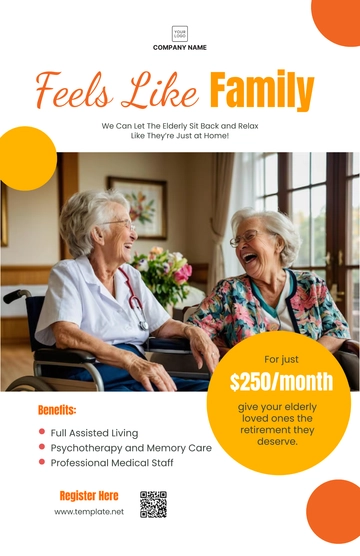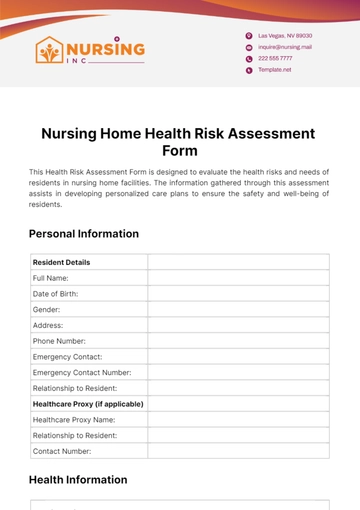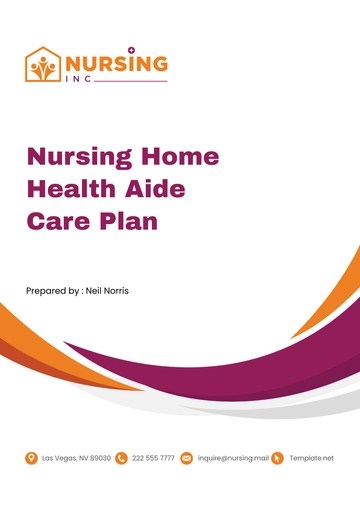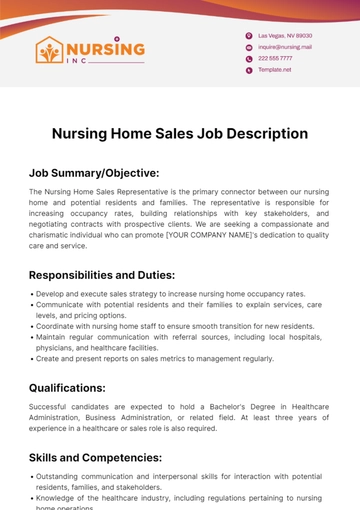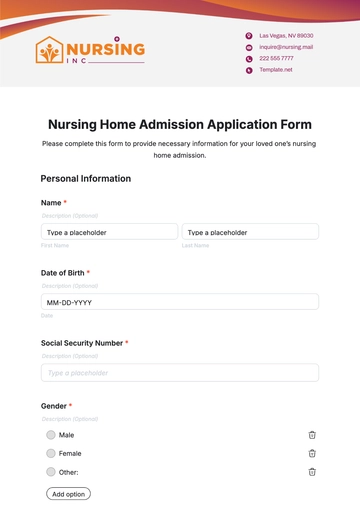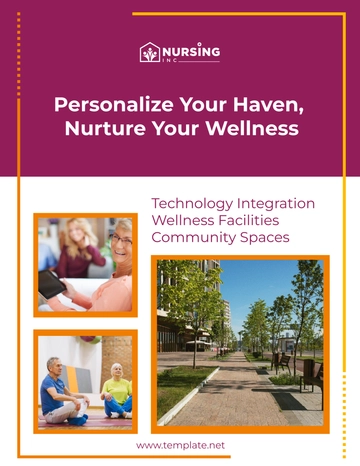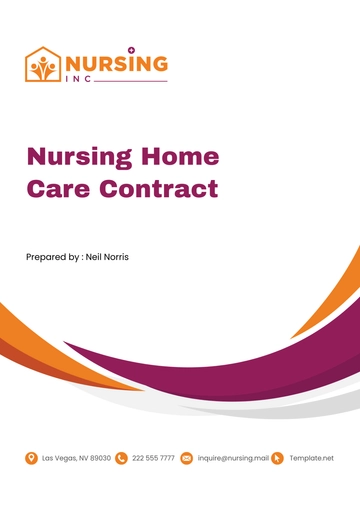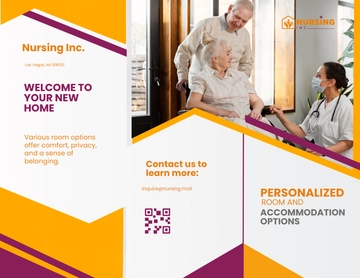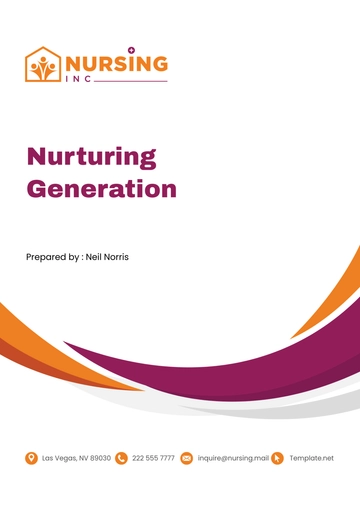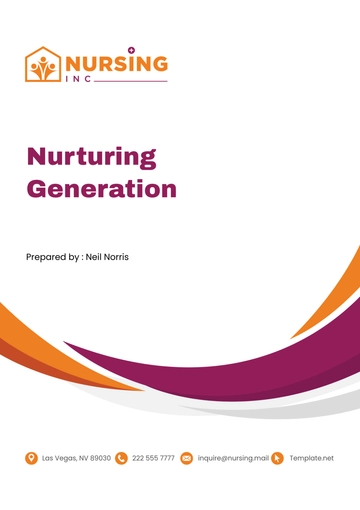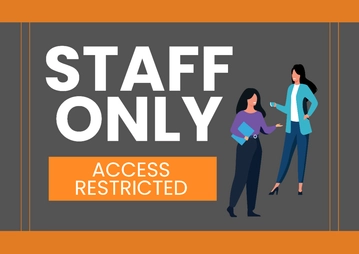Free Nursing Home Risk Management Strategy

Introduction
This Risk Management Strategy Plan has been developed for [Your Company Name], a nursing home committed to providing high-quality care for the elderly. Recognizing the diverse array of risks inherent in healthcare provision, especially in eldercare, this document outlines an approach to identifying, assessing, managing, and monitoring risks. The aim is to ensure the safety and well-being of residents, staff, and visitors, while also safeguarding the organization’s assets and reputation.
Risk Identification
Risk identification is the foundational step in our risk management strategy. It involves the systematic identification of potential risks that could adversely affect the operation and objectives of [Your Company Name]. This process is ongoing, to adapt to new challenges and opportunities.
Identified Risks
Risk Category | Specific Risk | Potential Impact |
|---|---|---|
Health & Safety | Spread of infectious diseases | High morbidity among residents |
Compliance | Violations of healthcare regulations | Fines and legal action |
Operational | Staff turnover | Reduced care quality |
Financial | Fluctuations in funding | Inability to maintain operations |
Reputational | Negative media coverage | Loss of trust and reduced admissions |
Risk Assessment
Following risk identification, the next step is risk assessment. This process evaluates the likelihood of each identified risk occurring and its potential impact on [Your Company Name]. The goal is to prioritize risks and allocate resources effectively.
Risk Assessment Matrix
Specific Risk | Likelihood | Impact | Overall Score | Priority Level |
|---|---|---|---|---|
Spread of infectious diseases | 4 | 5 | 9 | High |
Violations of healthcare regulations | 3 | 5 | 8 | High |
Staff turnover | 4 | 4 | 8 | Medium |
Fluctuations in funding | 2 | 5 | 7 | Medium |
Negative media coverage | 2 | 4 | 6 | Low |
Assessment Criteria:
Likelihood (1-5): This measures the probability of the risk event occurring within a given timeframe, considering historical data, industry trends, and current operational circumstances.
Impact (1-5): This evaluates the potential severity of the consequences should the risk materialize, taking into account the effect on resident health and safety, financial stability, regulatory compliance, and organizational reputation.
Overall Score: A composite score calculated by adding the values of Likelihood and Impact. This score helps prioritize risks by considering not only their potential effect and probability but also how quickly they can impact and how ready the organization is to respond.
Risk Assessment Process
Data Collection and Analysis: Regularly collect and analyze data related to each risk category, including incident reports, audit findings, and industry benchmarks.
Stakeholder Engagement: Involve stakeholders from across the organization in the risk assessment process to ensure a comprehensive understanding of each risk’s nature and implications.
Scenario Planning: Develop scenarios for high-priority risks to understand potential outcomes and test the organization's preparedness and response strategies.
Risk Interdependency Evaluation: Assess the interconnectedness of risks to understand how the materialization of one risk could trigger or exacerbate others.
Continuous Review: Adopt an iterative approach to risk assessment, regularly reviewing and updating the risk matrix to reflect changes in the operating environment, emerging risks, and improvements in organizational preparedness.
By adopting this enhanced risk assessment approach, [Your Company Name] significantly strengthens its ability to proactively manage risks. This understanding facilitates more informed decision-making and resource allocation, ensuring the safety and well-being of residents and staff.
Risk Management
In the advanced phase of risk management, we have adopt a holistic and strategic approach, focusing on robust measures that not only mitigate risks but also build resilience within the organization. This section outlines enhanced strategies for addressing identified risks, integrating technology, stakeholder engagement, and continuous improvement processes to ensure comprehensive coverage and effectiveness.
Risk Management Strategies
Specific Risk | Advanced Strategy | Responsible Party |
|---|---|---|
Spread of infectious diseases | Implement state-of-the-art infection control systems and conduct simulation drills. | Nursing Staff, Infection Control Specialist |
Violations of healthcare regulations | Utilize compliance management software to automate compliance tracking and training. | Compliance Officer, Legal Team |
Staff turnover | Develop a comprehensive employee engagement program, including career development plans, feedback mechanisms, and wellness initiatives. | Human Resources, Department Heads |
Fluctuations in funding | Establish a strategic financial reserve fund and explore new funding models and partnerships. | Finance Department, Board of Directors |
Negative media coverage | Create a proactive public relations strategy, including regular positive news releases and a digital monitoring dashboard. | Public Relations, Marketing Department |
Implementation Timeline & Evaluation Metrics
Specific Risk | Evaluation Metrics | Implementation Date |
|---|---|---|
Spread of infectious diseases | Reduction in infection rates, successful drill completion rates. | [Month Day, Year] |
Violations of healthcare regulations | Number of compliance issues identified and resolved, staff training completion rates. | [Month Day, Year] |
Staff turnover | Employee satisfaction scores, retention rates, exit interview feedback. | [Month Day, Year] |
Fluctuations in funding | Size of financial reserve, diversity of funding sources. | [Month Day, Year] |
Negative media coverage | Media sentiment analysis, response time to negative coverage, increase in positive news mentions. | [Month Day, Year] |
Advanced Risk Management Methodologies
Strategic Integration: Embed risk management practices into strategic planning and operational processes, ensuring that risk management is a continuous, organization-wide priority.
Technology Utilization: Leverage advanced technologies such as artificial intelligence, data analytics, and automation tools to predict, monitor, and manage risks more effectively.
Stakeholder Engagement: Actively involve all stakeholders, including residents, families, staff, and regulatory bodies, in the risk management process to ensure a wide range of perspectives and buy-in for risk strategies.
Education and Training: Invest in ongoing education and training programs for staff at all levels on risk awareness, prevention, and response strategies to foster a culture of safety and compliance.
Continuous Improvement: Establish a feedback loop from monitoring and evaluation activities to continuously improve risk management strategies. This includes regular reviews of risk management plans, policies, and procedures to adapt to new challenges and learn from incidents.
Crisis Management and Communication: Develop and regularly update a crisis management plan, including clear communication strategies to manage and mitigate the effects of a risk event on the organization’s reputation and operations.
By adopting these advanced risk management strategies, [Your Company Name] not only addresses the immediate challenges posed by specific risks but also enhances its overall resilience and ability to adapt to future uncertainties.
Budget for Risk Management
Effective risk management in [Your Company Name] necessitates dedicated financial resources to implement and sustain the advanced risk management strategies outlined. This section provides a detailed budget that allocates financial resources across various risk categories, ensuring the organization can proactively manage and mitigate risks. The budget is designed to be flexible, allowing for adjustments as risk priorities and organizational needs evolve.
Budget Allocation
Specific Risk | Strategy Implementation Costs | Monitoring & Evaluation Costs | Training & Development Costs |
|---|---|---|---|
Spread of infectious diseases | $50,000 | $10,000 | $5,000 |
Violations of healthcare regulations | |||
Staff turnover | |||
Fluctuations in funding | |||
Negative media coverage | |||
Total |
Budget Justification and Allocation Criteria
Strategy Implementation Costs: This includes the expenses related to the deployment of specific risk management actions, such as the purchase of infection control systems, compliance management software, and public relations tools.
Monitoring & Evaluation Costs: These costs are associated with the ongoing tracking and analysis of risk management efforts, including the use of technology for data analytics and the employment of external consultants for independent audits.
Training & Development Costs: This covers the expenses for designing and conducting training programs and development initiatives to enhance staff capabilities in managing and responding to risks.
Total Allocation: The sum of the costs across all categories, representing the overall budget required to effectively manage risks within [Your Company Name].
Financial Planning and Oversight
Annual Review: The budget will undergo an annual review to adjust for changes in risk priorities, strategy effectiveness, and financial constraints. This ensures that resources are allocated to areas of highest impact.
Contingency Fund: A portion of the budget will be set aside as a contingency fund to address unforeseen risks or to augment strategies for risks that have materialized more severely than anticipated.
Return on Investment (ROI) Analysis: Regular ROI analyses will be conducted to evaluate the effectiveness of the risk management budget in reducing the occurrence and impact of risks, thereby justifying the allocation of resources.
Stakeholder Involvement: Financial planning and oversight will involve key stakeholders, including department heads and the finance committee, to ensure transparency and alignment with organizational objectives.
By allocating a comprehensive budget to risk management, [Your Company Name] demonstrates its commitment to maintaining a safe and secure environment for residents and staff, while also protecting the organization’s assets and reputation.
Risk Monitoring and Review
This phase ensures that the organization can swiftly adapt to changes in the risk landscape and the effectiveness of implemented strategies. It involves a more sophisticated approach, incorporating real-time data analytics, stakeholder feedback, and periodic reassessments of risk priorities.
Risk Monitoring Indicators
Specific Risk | Monitoring Indicators | Adaptive Measures |
|---|---|---|
Spread of infectious diseases | Infection rates, adherence to infection control protocols | Adjust protocols based on outbreak trends, introduce new training modules |
Violations of healthcare regulations | Number of compliance incidents, audit outcomes | Update compliance software, refine training content |
Staff turnover | Employee satisfaction scores, turnover rates, exit interview insights | Enhance employee engagement programs, revise policies |
Fluctuations in funding | Financial performance metrics, reserve fund levels | Reassess financial strategies, explore new funding opportunities |
Negative media coverage | Media sentiment analysis, frequency of positive vs. negative mentions | Refine public relations strategies, increase community engagement efforts |
Evaluation Framework
Specific Risk | Evaluation Frequency | Feedback Mechanism |
|---|---|---|
Spread of infectious diseases | Monthly | Surveys from residents, families, and staff |
Violations of healthcare regulations | Semi-annually | Feedback from regulatory bodies, staff suggestions |
Staff turnover | Quarterly | Employee focus groups, HR department reviews |
Fluctuations in funding | Quarterly | Board of Directors meetings, finance department reports |
Negative media coverage | As needed | Public relations team insights, media analytics reports |
Monitoring and Review Methodologies
Dynamic Risk Dashboards: Implement dynamic dashboards that provide real-time monitoring of key risk indicators, enabling prompt identification of trends and potential issues. These dashboards will be accessible to relevant stakeholders, ensuring transparency and proactive management.
Stakeholder Engagement: Enhance the mechanisms for gathering feedback from all stakeholders, including residents, their families, staff, and regulatory bodies. This feedback will be integral to evaluating the effectiveness of risk management strategies and identifying areas for improvement.
Predictive Analytics: Utilize predictive analytics to forecast potential risks based on current trends and historical data. This approach allows for preemptive adjustments to risk management strategies before issues escalate.
Regular Strategy Reviews: Conduct comprehensive reviews of risk management strategies at scheduled intervals and following significant incidents. These reviews will assess strategy effectiveness, alignment with organizational objectives, and adaptability to changing conditions.
Continuous Learning and Adaptation: Establish a culture of continuous learning, encouraging staff to share insights and learn from both successes and failures in risk management. This includes regular training updates, lessons learned sessions, and the integration of new best practices.
Crisis Simulations and Drills: Periodically conduct simulations and drills to assess the organization's preparedness for managing high-impact risks. These exercises not only test current protocols but also identify gaps in responses and training.
This proactive and adaptive approach ensures that risk management strategies remain effective and aligned with the organization's evolving needs and the external environment. Through continuous evaluation and improvement, [Your Company Name] is better positioned to safeguard the well-being of its residents and staff, protect its assets, and maintain its reputation.
Conclusion
This Risk Management Strategy Plan provides a structured and strategic approach to managing the diverse risks faced by [Your Company Name]. By systematically identifying, assessing, managing, and monitoring risks, we can ensure a safe, compliant, and effective operation, dedicated to the well-being of its residents and staff.
- 100% Customizable, free editor
- Access 1 Million+ Templates, photo’s & graphics
- Download or share as a template
- Click and replace photos, graphics, text, backgrounds
- Resize, crop, AI write & more
- Access advanced editor
Mitigate risks with the Nursing Home Risk Management Strategy Template, exclusively from Template.net. This editable template is essential for crafting a detailed risk management strategy, ensuring the safety and well-being of residents and staff. Customize it to your facility’s specific risks using our Ai Editor Tool, fostering a secure and prepared environment.

